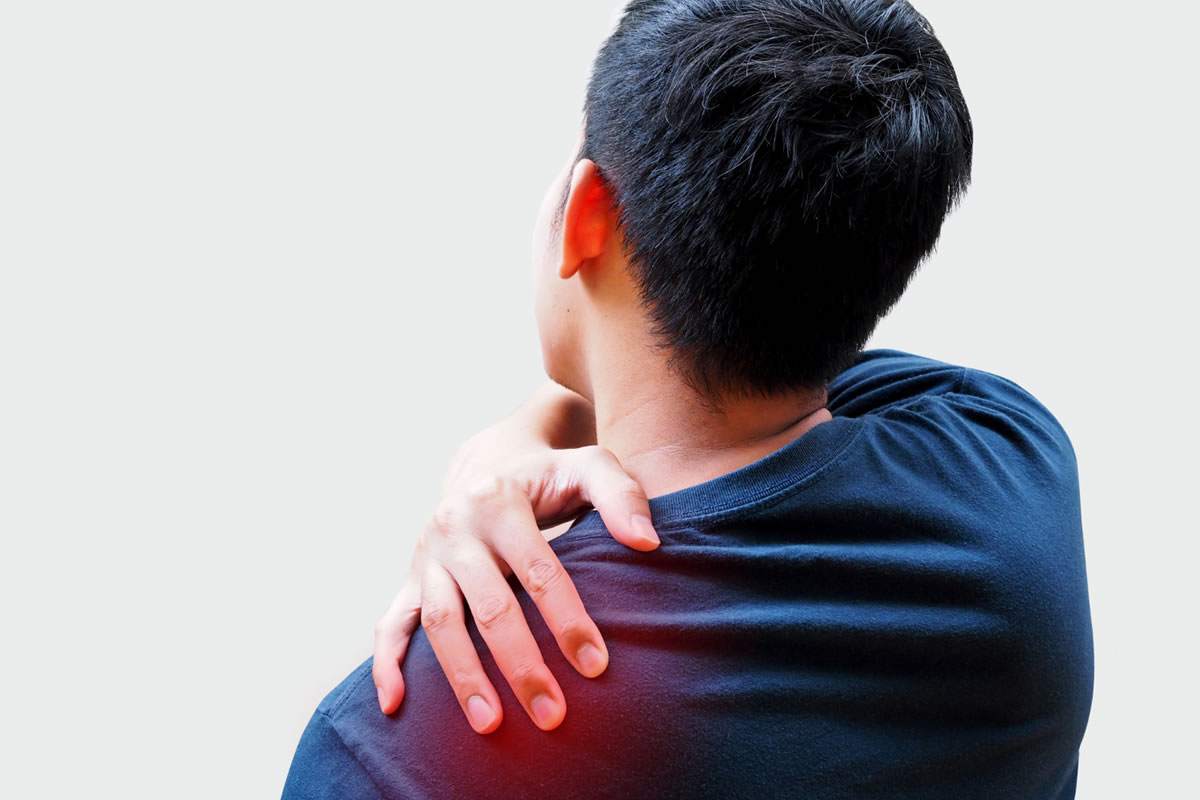
The rotator cuff is a cluster of 4 muscles and tendons which connect your humerus to your shoulder blade. The rotator cuff's job is to support the stability of your shoulder joint.
What is a rotator cuff injury?
Your rotator cuff can become aggravated or inflamed due to heavy lifting, trauma, or repetitive arm movements. A rotator cuff tear happens when wounds to the muscles or tendons provoke tissue damage or disturbance. These tears often evolve due to long-term overuse of your shoulder or a traumatic wound. A torn rotator cuff can also be combined with irritation or injuries of the biceps tendon or labral tears.
What does a torn rotator cuff feel like?
Rotator cuff tears can induce:
- Limited movement and discomfort that limits your ability to conduct standard daily actions
- A sense of heaviness or weakness in your arm
- Incapacity to lift your arm to reach upward
- Pain branching down the outside of your arm and top of your shoulder
- Incapability to reach behind your back
- Loss of shoulder motion
What does the diagnosis of a torn rotator cuff involve?
An expert will complete a comprehensive examination that includes assessing symptoms, evaluating the arm's range of motion, identifying any weakness, and conducting other special tests that might indicate a torn rotator cuff. For instance, the specialist might ask the patient to raise their injured arm, move it out to their side, or raise it and resist a force, all at distinct angles of elevation, that help diagnose the source of shoulder pain. In addition, these exams might demonstrate the demand for an MRI, ultrasound imaging, or a CT scan in some circumstances.
What comes after the diagnosis?
Once a torn rotator cuff is diagnosed, the specialist will counsel on whether surgery is needed or you can manage the injury without it. If surgery is not required, physical therapy helps restore range of motion, muscle strength, and coordination so that you can continue regular movements. Modifying physical action may be necessary to reduce shoulder stress. If surgery is the sole option, your surgeon will recommend physical therapy before and after. It is vital to note that prompt treatment can hasten the therapeutic strategy and evade enduring impairment. We are here to help with counted and trustworthy expertise when the guidance of an orthopedic surgeon in Lake Mary is required.
Can a rotator cuff injury be avoided?
To detour developing a torn rotator cuff from existing shoulder problems, it is crucial to stop performing motions that may worsen the situation. Physical therapy can assist in strengthening rotator cuff muscles, supply education on sidestepping potentially harmful circumstances, and determine when it is suitable to return to everyday movements. In addition, rotator-cuff muscle and shoulder-blade support exercises can aid in avoiding potential damage to the rotator cuff, and overall strengthening and fitness agendas may improve shoulder fitness. It can also be valuable to avoid lying on your shoulder or resting on your side with your arm extended overhead. These positions can initiate the process that causes rotator cuff injury and may be associated with expanded pain levels. Contact us if you need help and guidance from a reliable orthopedic surgeon in Lake Mary or the surrounding areas.